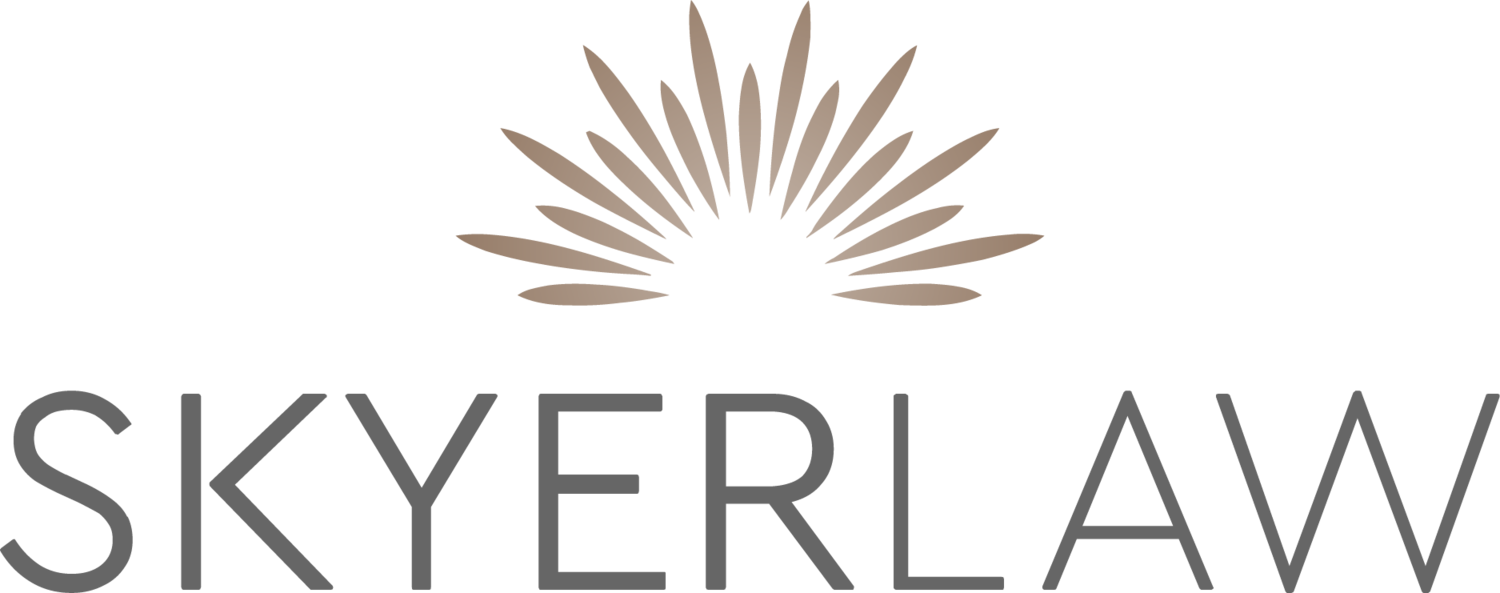There is no certainty when dealing with a gargantuan bureaucracy like the NYC Department of Education. Having practiced in this area for over 25 years, our firm has lived through many changes and cycles.
A recent shift that parents need to be aware of is that “Turning Five” IEP teams are not as forthcoming as they have been in the past when it comes to issuing deferrals to attend a state-approved non-public school.
State-approved non-public schools (such as Churchill, Parkside, Learning Spring, Hawthorne, Blue Feather, SLCD, Hallen, etc.) are private schools that appear on the NYS Commissioner of Education’s approved list to enroll classified children with IEPs. When an IEP team determines there are no appropriate public school programs for a child, they can defer the case to the Central Based Support Team (CBST) for approved private school placement. The DOE directly pays the school’s tuition and provides round-trip transportation.
Thankfully, not much has changed for parents who need a continuation of a deferral for future years. This continues to happen with very little push back. And we continue to experience great success with families who ask for a deferral for the first time after their child has not succeeded in a public school program.
But for our turning-five families, things feel differently. In the past, IEP teams have been more willing to defer turning-five students at the first IEP meeting when those students’ parents have had acceptance letters to one of the approved non-public schools. Now, we are finding that securing a deferral often takes more than one IEP meeting.
It has long been our firm’s practice to send a lawyer with our clients to turning-five meetings when the child has been accepted to an approved non-public school in order to assist the parents in arguing for the deferral. We continue to do this. In this current climate, we have been and will continue to send our attorneys to additional IEP meetings that we may advise you to request after visiting the DOE’s placement offer. We may also recommend that you take an expert that knows your child on those visits or to one of these IEP meetings.
Our message is this: It has become much more difficult (but not impossible) to get a deferral at your first turning-five IEP meeting—expect to do a lot more work. Much depends on your child’s individual circumstances and the temperament of your IEP team. However, if you are ultimately unable to get a deferral, most of the approved non-public schools are willing to enroll your child if you pay the tuition and sue.
It’s truly shameful that the DOE is making deferrals to approved non-public schools harder to get for Turning Five families, particularly those with more modest incomes who have long relied on approved schools as a way to secure an appropriate education. This sea change is in stark contrast to the de Blasio Administration’s original campaign message about ending the so-called “Tale of Two Cities.” We encourage you to write your city representatives about this issue if it affects you and tell them your story.
